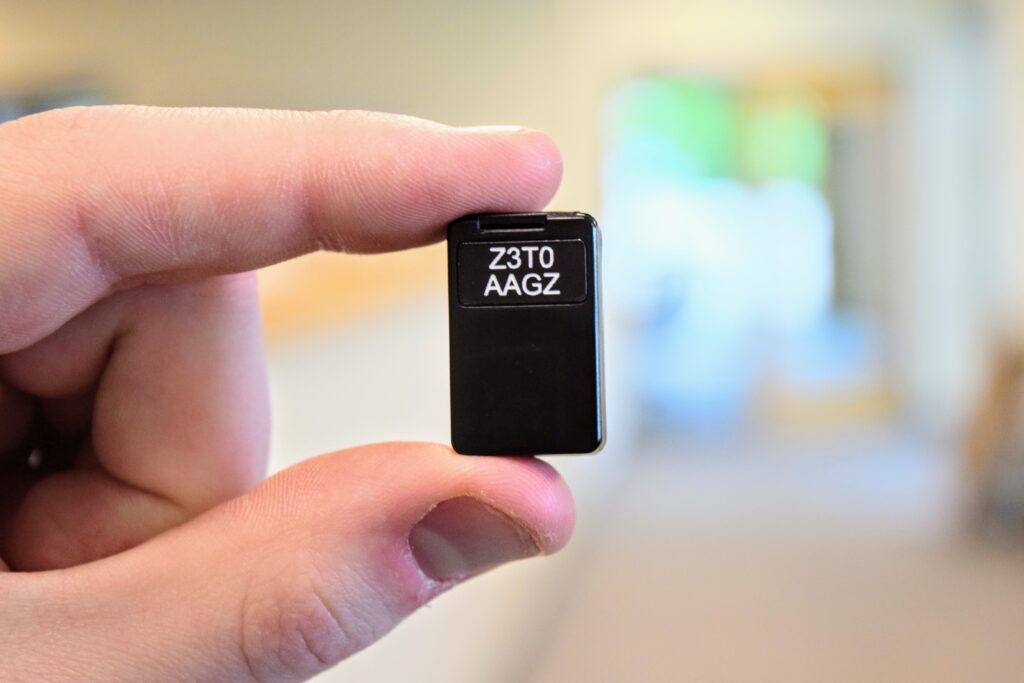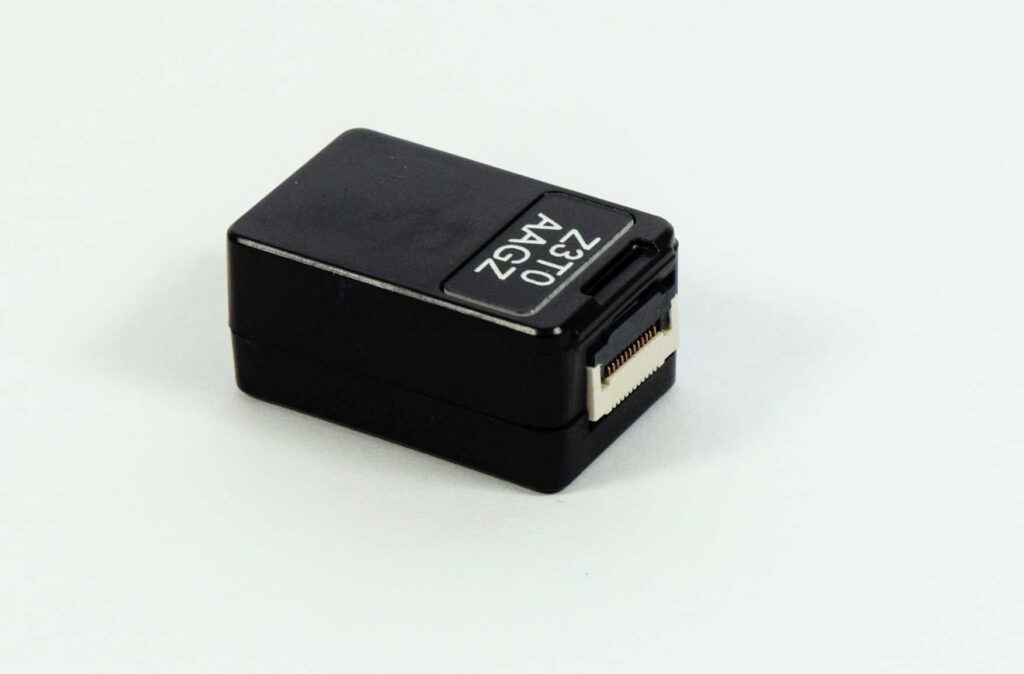The third-generation QZFM sensor (Gen-3) is now ready for release! This is an important milestone that marks the final step in our three-step process to develop mature zero-field OPM technology. The Gen-1 sensor (2016) was a technology demonstrator built to validate the underlying technology. The Gen-2 sensor (2019) was a miniaturized version that paved the way for dense multichannel imaging systems centered on a comfortable user experience. The Gen-3 sensor (2021) finally ties all the loose ends and turns the technology into a robust platform ready to tackle real-world clinical applications.

The Gen-3 sensor features several important upgrades but the primary focus was on building a sensor that is robust and can be confidently relied upon in future biomagnetic imaging systems (such as Magnetoencephalography and Magnetocardiography). To make the sensor more reliable, we identified and addressed almost all major failure mechanisms observed in Gen-1 and Gen-2 with a ground-up redesign. In the unlikely event that a Gen-3 sensor misbehaves, we have made it easy to repair it quickly and cost-effectively. We have also improved our internal manufacturing processes to support building thousands of sensors per year with high yield. The other critical improvements in Gen-3 include improving the sensor low-frequency stability for a flat response down to 1 Hz and suppressing interference from adjacent sensors.

The Gen-3 sensor also incorporates a new built-in connector to swap the sensor head in seconds when needed. This seemingly minor upgrade has a transformative impact on simplifying the development and serviceability of future dense imaging systems. Thanks to the new connector, the sensor is no longer tied to its original factory cable and can mate with more sophisticated wiring solutions of future systems. Also, in the event of a sensor-related problem, the sensor head can be instantly replaced without disassembling the cabling system.
Another critical upgrade in Gen-3 is that the sensor can measure all three vector components of the field simultaneously- in place of just two components measured with Gen-1 or Gen-2. The triaxial mode is not simply a ‘cool feature’ but an essential part of future high-performance imaging systems. (i) Measuring all three components of the field maximizes the information captured without increasing the sensor count. (ii) The sensor can internally remove cross-axis sensitivity giving a precisely defined measurement axis in all three directions. (iii) With triaxial sensors, beamforming and other spatial filtering algorithms can remove external noise and interference with nearly 100% efficiency (link).
The Gen-3 sensor will be available in two variants. (i) Dual-axis variant, and (ii) Triaxial variant. The typical sensitivity of the dual-axis variant is 7-12 fT/√Hz in single-axis mode, and 10-15 fT/√Hz in dual-axis mode (official spec. <15 fT/Hz in 3- 100 Hz). The typical performance of the triaxial variant is 10-15 fT/√Hz in single/dual axis mode, and 15-20 fT/√Hz in triaxial mode. (official spec. <23 fT/√Hz in 3-100 Hz in the triaxial mode for all three axes).
The dimensions of the Gen-3 sensor (both dual and triaxial variants) are the same as the Gen-2 sensor. For now, the Gen-3 sensor will ship with Gen-1/Gen-2 style modular desktop electronics. The desktop Gen-3 electronics (V8) is fully backward compatible with Gen-1 and Gen-2 electronics and all three sensor generations can run simultaneously in the same array with the same software and data collection hardware.
Sometime early next year, compact multichannel electronics will be available for Gen-3 sensors. The multichannel electronics will be the size of a large textbook and will power 100-150 sensors (300-450 channels). The multichannel electronics can be placed inside a backpack worn by the user to allow untethered movement. A more detailed blog post on multichannel electronics will be published in the coming months. Thanks to the built-in connector, the Gen-3 sensors will operate with both desktop and future multichannel electronics.